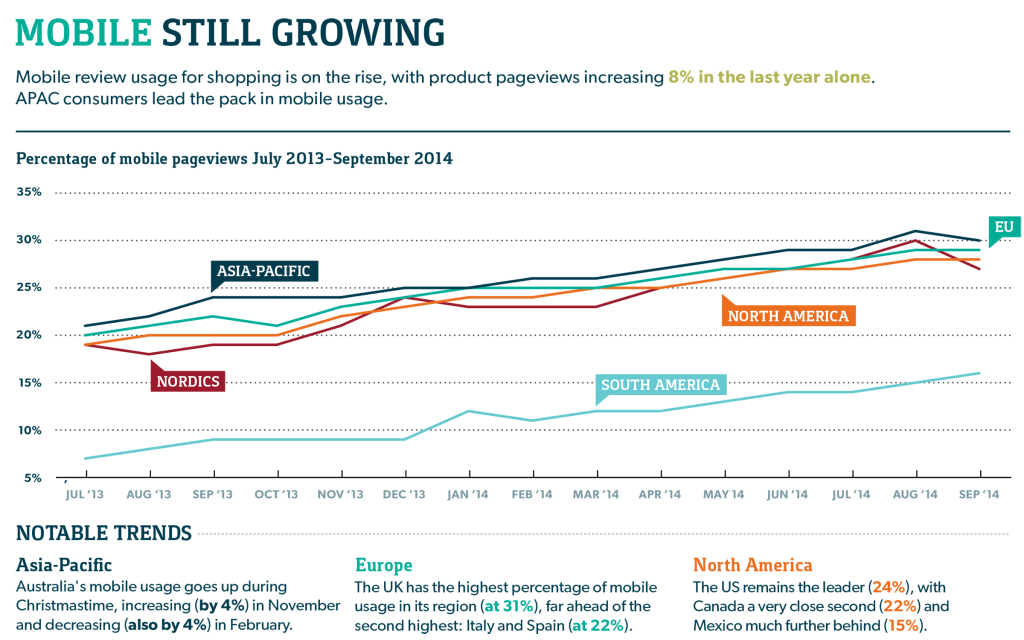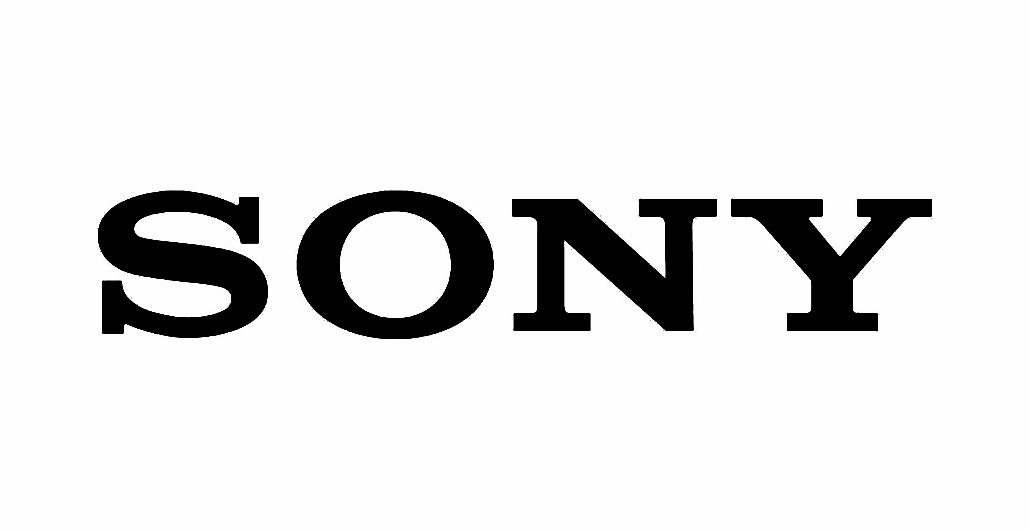January 23, 2015
In our follow-up to last week’s post on the growth of user-generated content (UGC), we’re continuing to highlight how UGC is changing the Internet and consumer marketplace. This post provides a condensed version of subjects covered our eighth edition of The Conversation Index, which details how sharing UGC across networks (such as Bazaarvoice) and channels improves sales, insights and search results traffic.
Content must be authentic
On the web, content has always been king. But in 2015, it’s UGC’s authenticity that helps drive a businesses’ online success—particularly when it comes to reviews.
For over a year, Bazaarvoice has championed the crusade to stop the creation, display, and promotion of fraudulent consumer created content with our campaign to #endfakereviews. While reviews provide outstanding benefits for businesses and consumers, nearly half (48%) of consumers believe one or more of reviews on a product page are fake. This mistrust damages review influence and can degrade customer trust in the business.
Promote customer trust by joining a network
Businesses can significantly improve customer trust by being part of a network. With the increasing complexity and scale of fraud, networks offer protection through their size. The greater network size, the better their ability to identify trends and patterns that ensure authentic content and prevent fraud.
Networks such as Bazaarvoice provide trust marks that outlines the network’s authenticity policy and identify businesses whose UGC collection and display meet the policy. This benefits businesses and customers, with 44% of US consumers saying they’re more trusting of reviews when presented with a trust mark.
Networks offer even greater advantages for the Asia-Pacific region, where rating and review fraud is most common. ‘Click-farming’ is prevalent in this region, where businesses and agencies pay workers to submit high volumes of inauthentic 5-star reviews. In the Bazaarvoice network, Asia-Pacific clients must agree to strict terms and conditions prohibiting click-farming.
Networks provide thorough industry analysis
As well as gaining insights on products and customers, businesses in networks also gain deep knowledge of their industry. Here is some industry analysis taken from the Bazaarvoice network:
Pet supplies
From analyzing pet industry data, it’s clear that pet owners are passionate about pet supplies. This is reflected in pet industry post-purchase emails having two percent higher response rates than the overall network average. In addition, analysis of reviews shows that while dog and cat owners are both concerned with their pets’ health, there are noticeable differences in food needs. In positive reviews, cat owners frequently use the terms “picky,” “finicky,” “fussy”, while dog owners frequently use “healthy” and “coat”. Incorporating these terms in pet supply website content is an easy way to increase sales.
Health and Beauty
In health and beauty companies, content tagging of reviews provides interesting analysis. In content tagging, moderators tag reviews with product suggestions or flaws and route them to the appropriate business section. In 4 and 5 star health and beauty reviews tagged with a product flaw or product suggestion, “skin” was mentioned 28% of reviews, compared to 3% in “eye shadow.” Thus, even for the best skin products, consumers have specific suggestions for improvements. In less positive reviews (3 stars or lower), “eyes” were mentioned in 16% of reviews, while “dry” or “oily skin” was mentioned only in 3%.
Telecom
An analysis of the telecom networks shows growth in review helpfulness votes, with a 31% single year increase. We also found that company responses to reviews made 41% of consumers think the brand “really cares about consumers,” and 35% thought the company “has great customer service.” Even better, shoppers who read a negative review and see a company response are 116% more likely to purchase the product than those who see no response from the business.
Use networks to learn global region insight
Just as networks help companies learn industry trends, they also provide fascinating insights into global regions. For example, our analysis reveals that the vast majority of Australian apparel reviews are coming from women (86%), and women aged 35-54 are writing 43% of reviews. These women are more positive than reviewers across the rest of the globe: apparel reviews boast a 4.41 star average rating in Australia, compared to 4.29 at all apparel retailers in the network.
Global mobile traffic continues to climb
The vast size of Bazaarvoice’s network allows for deep analysis of changing consumer behavior, particularly in mobile shopping. For example, we’ve found that product page views on mobile devices grew 8% in the past year, globally. The Asia-Pacific region leads the pack in mobile views, with Singapore, Australia, and Japan having the highest figures. Mobile shopping rose 3% – 15% in various EU countries, with Turkey and Spain seeing the biggest increase. In North America, mobile traffic grew from 20% to 28% in the last year, with Mexico rising 9%.
Conclusion
In 2015’s globalized world, UGC and being part of a network provide businesses with immense benefits. Reviews are an especially powerful way of gaining customer insights, and the positives extend beyond websites into areas like search engine result placement and fraud prevention. For a more detailed analysis of this information, check out the eighth edition of The Conversation Index and keep reading this blog.






